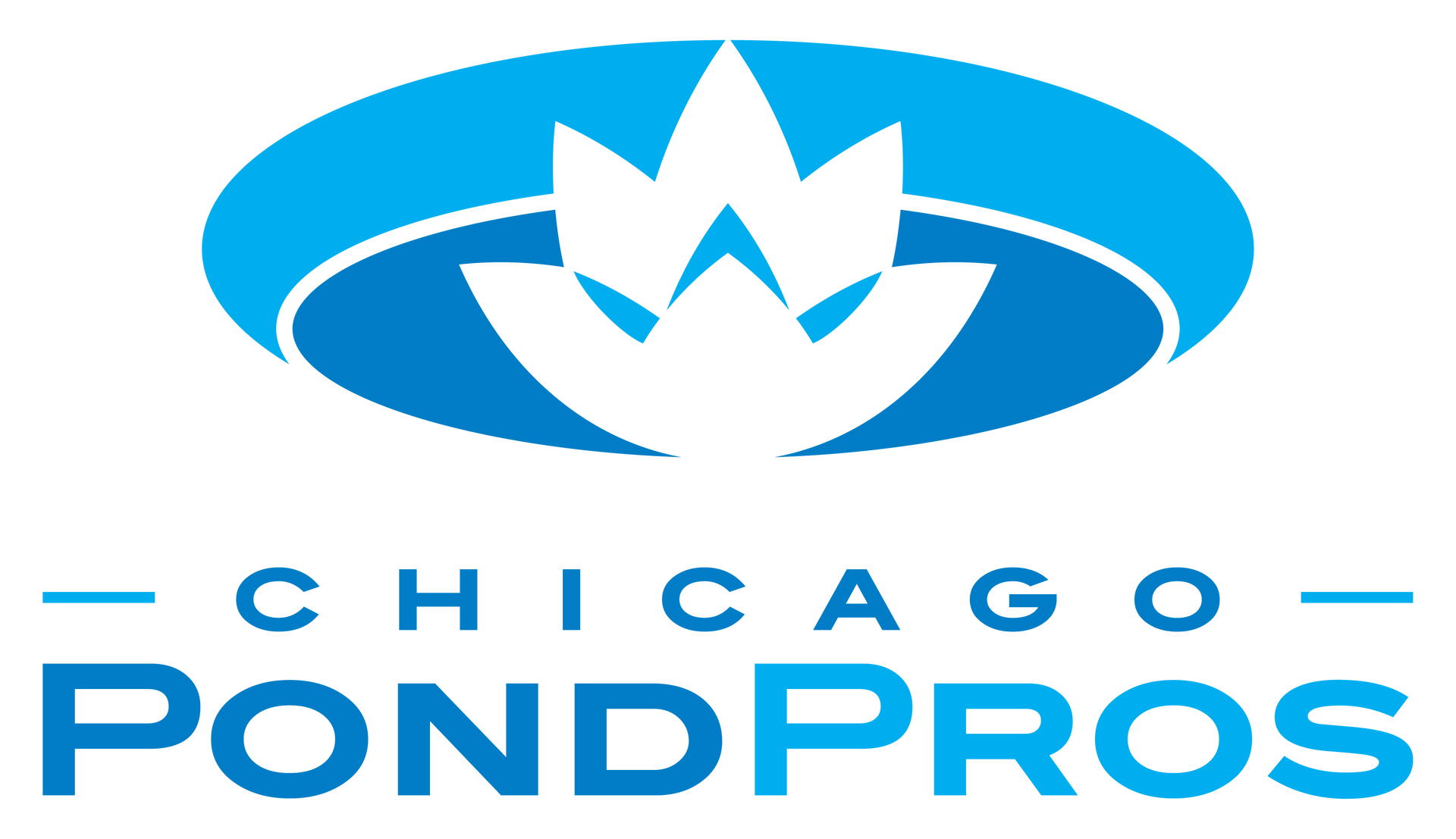5 useful tips about pond maintenance
As an owner of your own backyard pond, you might be thinking you gather all knowledge about pond maintenance. But for sure? Find out these 5 tips, which might become useful.
⠀
POND MAINTENANCE IN NUTSHELL
No matter if you start your journey with pond maintenance or if you are advanced reservoir owner, we provided 5 useful tips about pond maintenance down below. Let us know which you found most attractive!
- Calcium increases the hardness and pH of the water. Too hard and alkaline water (pH above 8) adversely affects the development of fish and plants, and promotes toxic algae blooms. To avoid this kind of problem, it is better to give up limestone as elements of the pond finishing. In case of huge development of algae, find out how to get rid of algae in your garden pond.
- The pond liner must be durable and flexible. You can also use polyvinyl chloride (PVC) foil with a thickness of at least 0.5 mm. However, ordinary polyethylene foil is not suitable. If you consider using pond basin instead of pond liner, find out what to choose here.
- Mosquito larvae breed in stagnant water. In a small pond it is usually enough to install a pump that will set the water in motion, and mosquitoes will not be more bothersome than in a garden without a water reservoir. Mosquito larvae are eaten by fish and tadpoles of frogs and toads, as well as by predatory insects. Therefore, it is worth creating a friendly environment for these animals: rushes and stones, among which they can hide, and gentle shores, on which adult frogs and toads can easily enter and get out of the pond. Learn how to make a wildlife pond here.
